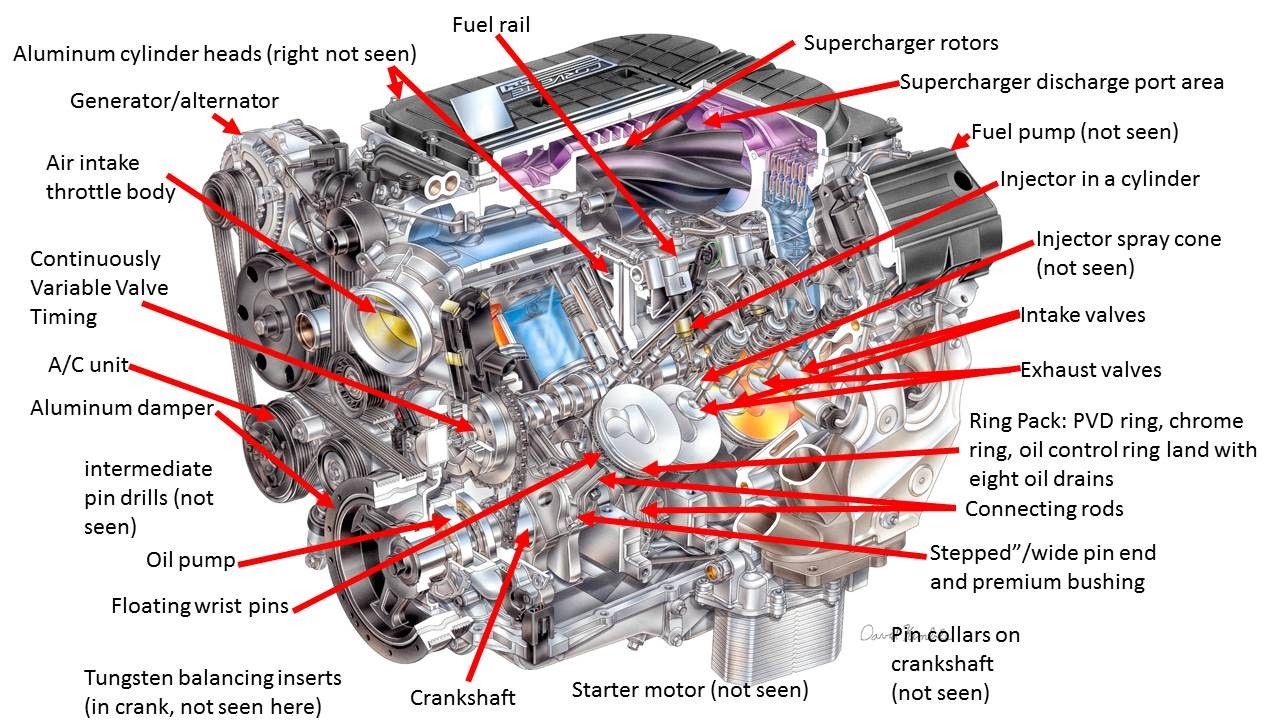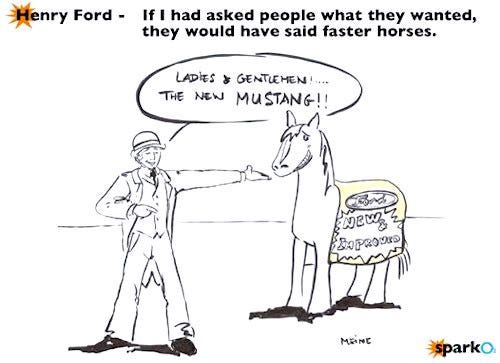The next big thing in Tech is not tech
Wait, the correct (and long) statement is
“Most probably, the next big thing in tech might not be very related to technology → its main component wouldn’t be the tech part.”
In other words:
→ Technology is being commoditised
→ Technology is not (pure) innovation anymore
→ Technology is moving fast from the why a product is built to how a product is built
It’s the sole consequence of technology’s success and penetration. The inherent meaning of technological innovation is now about the value it brings in people’s life, rather than the wow factor of, let’s say, an electric car.
Nowadays, the utilitarian value of technology is much bigger than its emotional value. Innovation is more about the problem we solve than the solution we build.
Back in the 1980s, psychologist Dr. Judith Sills published a book called A Fine Romance: The Passage of Courtship from Meeting to Marriage, describing the five stages of a relationship: Selection, Seduction, Switch, Negotiation, and Commitment.
In 1995, Gartner analyst Jackie Fenn proposed a standard adoption model for new and emerging technologies. The Gartner Hype Cycle for Emerging Technologies is now an institution in high tech, with billions of dollars flowing across industries according to the technology stage in the Gartner’s annual report.

The Gartner’s Hype Cycle is evaluating the emotion around a technology and how it evolves in time (I approached this subject more extensively here).
There are five stages, like in love: Selection → the Trigger, Seduction → The Peak (of Inflated Expectations, what else?), Switch → Trough of Disillusionment, Negotiation → Slope of Enlightenment, Commitment → Plateau of Productivity
The beauty of this standardised model is that it is practically possible to map any kind of innovation regardless if it’s about emerging technologies, cooking or social movements.
Or love.
Based on Gartner’s model, I created a “Human Centric Technologies Hype Map”. It shows how the most common technologies, used in our day-by-day life, are standing for the Gartner’s model.

See?
The tech products climb the slope and reach the Plateau of Productivity. Aka they become so common, so part of our day by day lives that we even don’t notice them as innovative products. They are commodities, like fridges, icecream and summer rain.
So, why the next big thing in tech will not be tech?
a) Because people don’t care about technology anymore. They want systems that just work.
b) Because companies already learned to build better digital products by addressing people’s needs
Let’s depict these two reasons:
a), because people don’t care about technology anymore
How many cores in CPUs, edge computing, trillion of pixels on cameras, AI and 5G means something only for geeks and early adopters.
For most of us, the only thing that matters is how our lives are improving. Is our today better than yesterday? How nice is the picture, how fast it can be uploaded, how secure we feel.
Humans care about human things. Humans don’t care about machines.
For me is hard to understand why so few business/product professionals really realise the situation. And they still believe that an extensive features set or some fancy technical specs will sell the product.
Let’s take an example, buying a car.
She is Cindy, a 32 years old business analyst →

Cindy is living alone but she’s planning to move together with her boyfriend, maybe this summer, very likely somewhere in the suburbs. So, she’d like to have a car to commute easily and reach the outlet malls.
Does Cindy care about the 4-stroke engine? The compression inside the cylinders, MacPherson suspension, or even the horsepower?

No, most likely, she cares about simple things. The car she’s looking to buy should be:
Lovely 💕 👸
Safe 🏰
Easy to maintain 🐰
Not too expensive 👠
Something like this:

Or maybe blue.
According to Rogers/Moore Technology Adoption Lifecycle, there are five types of customers for an innovative/tech product:
Innovators + Early Adopters
Early Majority
Late Majority
Laggards
Cindy is not an innovator, nor an early adopter (like her boyfriend is). Cindy doesn’t care about how the things are fulfilling her needs.

b), because companies have been learning to build better digital products and understand the user’s needs
Well, some of them…
I met some (I’d say many, but don’t want to be grinch) business managers that are quoting Henry Ford or invoking Steve Jobs every time when they want to emphasise their ego and throw away the user’s voice.

What they’re forgetting (or don’t understand, but not grinch again) is one simple thing: there is a huge difference between what the users want and what the users need
want = To have a strong feeling to have (something); wish (to possess or do something); desire greatly: synonym: desire.
need = A condition or situation in which something must be supplied in order for a certain condition to be maintained or a desired state to be achieved.
The American Heritage Dictionary of the English Language
So that, after years of digital transformation, disruptions and economy 4.0 revolution, companies are learning to build products according to people’s needs. But this is another story, for a future post maybe.
Ok-ok, but how will look like the next big thing in tech?
The next big innovation will connect the dots, will build a context around our lives. It will be “just” an enabler, not a component.
But who’s owning the enabler is owning the system, right?
This was the why. In the next part, I’ll try to describe more extensively the what. Till then, a clue to slip on: what the big tech giants (Amazon, Apple, Facebook, Google, etc) are all trying to do? Just launching new products (or iterating on the current portfolio) or building ecosystems?
